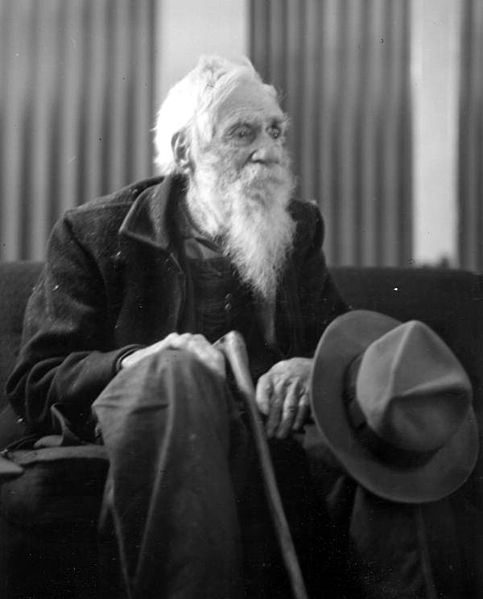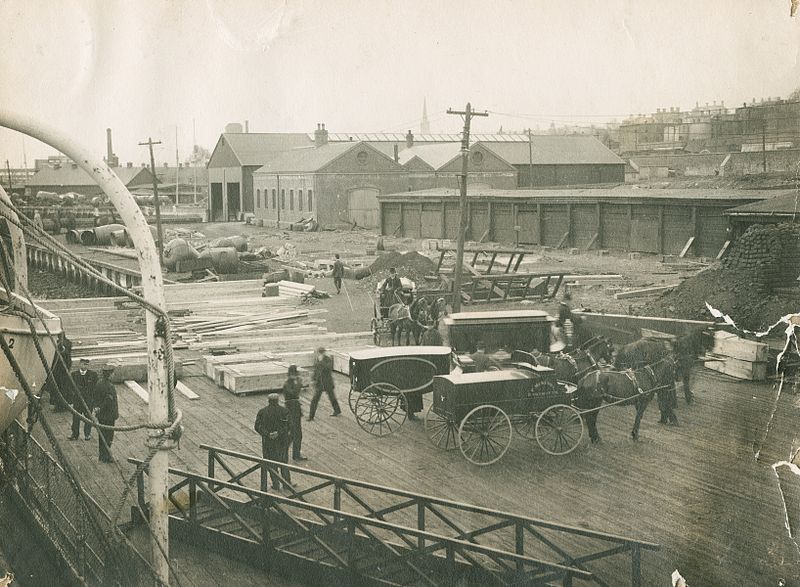Some months ago I discussed Herb and Dorothy Vogel and their amassing, over the course of decades, what is arguably the greatest collection of minimalist art – and this on a budget. The Vogels donated their collection to the National Gallery in Washington and fifty works to each of the fifty states. Well, if you’re feeling that the Vogels beat you to it, or if you’re feeling that you should have started collecting some thirty or forty years ago, this may be your golden opportunity to make up for lost time.
The “Soho Photographer,” D. James Dee, who spent his career of thirty-nine years documenting work for artists, galleries, exhibitions, books and portfolios is retiring. He is closing his Manhatan Wooster Street studios and moving with his wife to Florida. All of his work, sixty-five file board boxes filled with approximately 250,000 photographs is not coming with him. Dee explains that if someone asked for four images he would make five and save the extra one. And Dee is ready to give all his extras away, ideally to a nonprofit archive.
There is one caveat. To listen to all accounts, Dee has done a rather primitive job of documenting and labeling what’s what. So this is going to require massive amounts of sleuthing by experts in Soho art history to piece it all back together. All of the major likely candidate institutions: The National Gallery of Art, Getty Images, and the Fales Library and Special Collections of New York University have declined to take on the collection, discouraged by the lack of captions and the required of storage space.
This is certainly a very valuable archive, and its imminent demise touches on many of the issues at the heart of historic preservation. Hopefully, a way will be found to preserve it intact, and hopefully too, a way will be found to archive it. I will keep you informed of what happens. The moving vans are coming on July 24 and it will be a tragedy if these photographs wind up in the dumpster.


